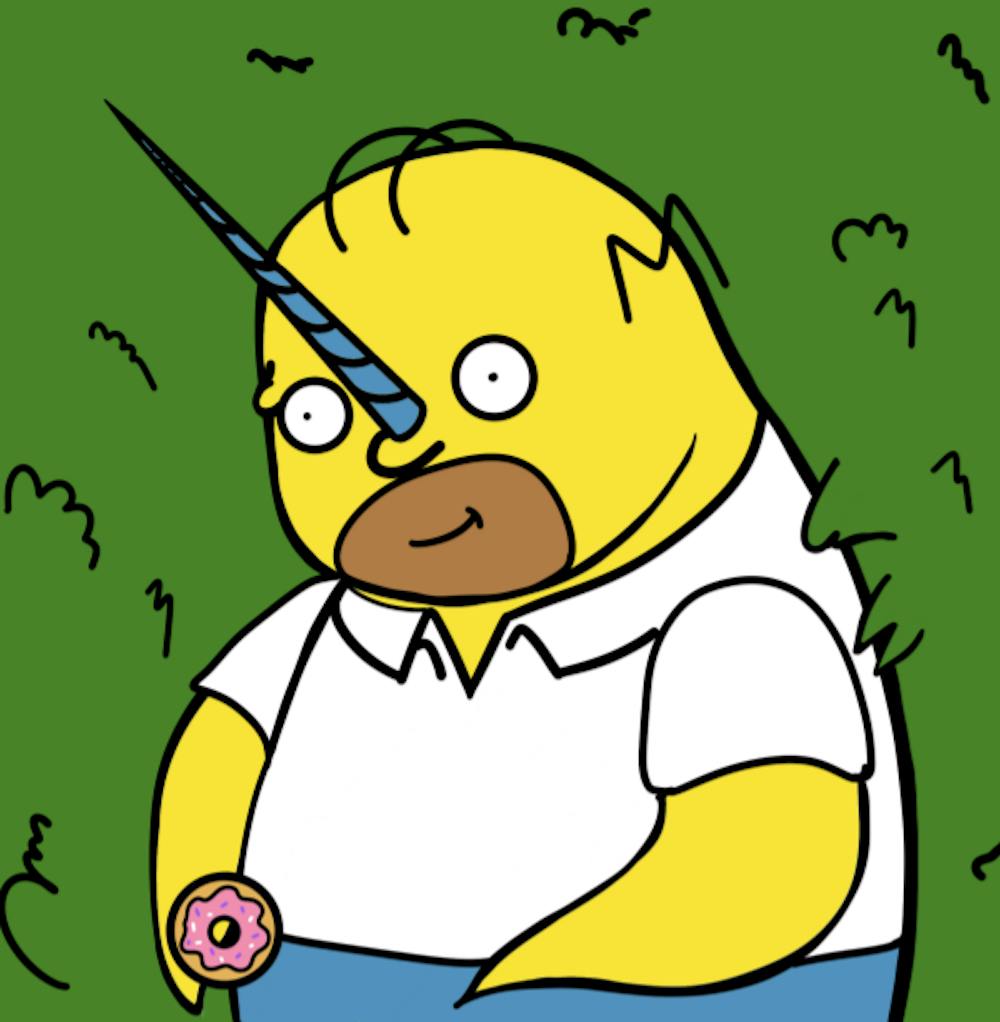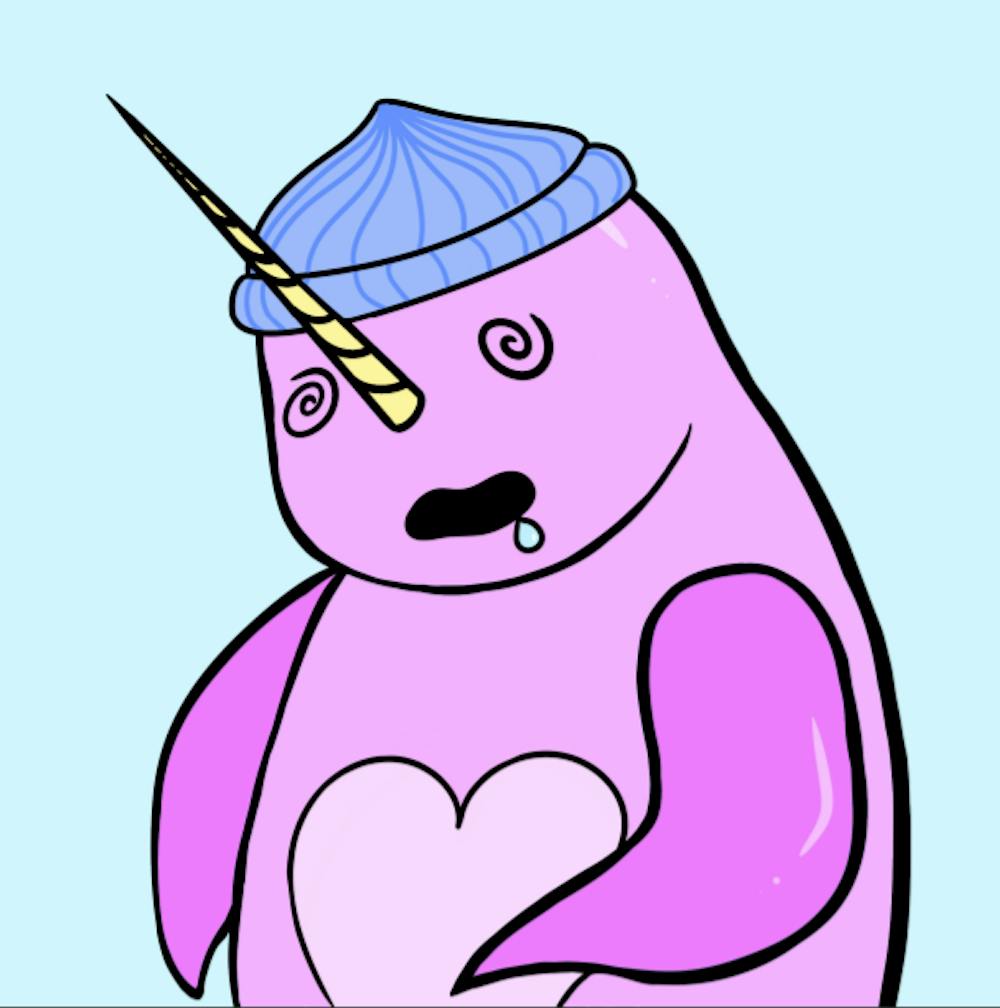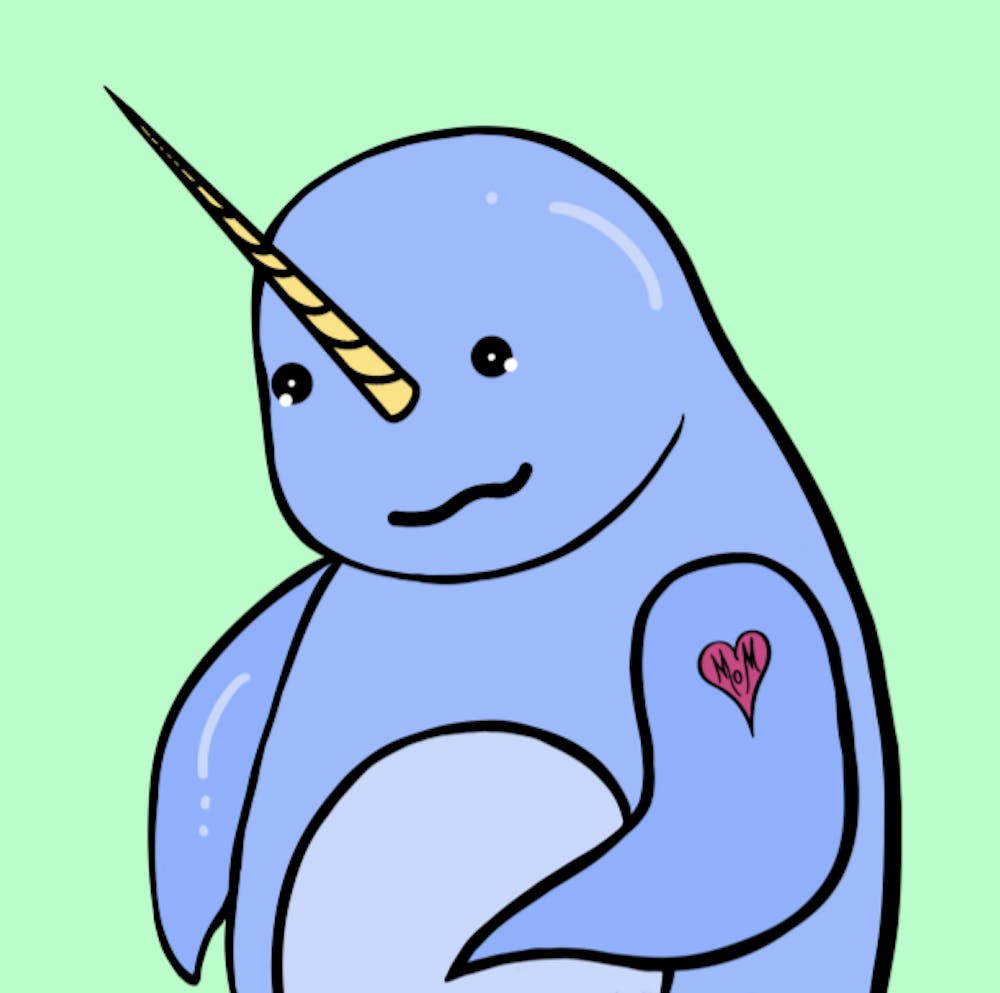So, you’ve been hearing people mention these NFT things recently. Maybe you’ve read something somewhere about it. Maybe one of your friends is trying to convince you why it’s going to change the world. And maybe, just maybe, you have no clue what they’re talking about. You know that they have to do with cryptocurrency. You know that they have to do with art. But what exactly is this new craze and what are its applications? One student is determined to make waves in the professional sphere using NFTs and explain their utility to the public.

Cal Cibel, a senior business major at UofSC, has always collected things. “Pokémon cards, sports cards, I’ve been collecting my whole life,” Cibel said. So when NFTs came into the market in 2021, he was excited at the prospect of combining business with collectibles. NFT stands for a non-fungible token used to represent ownership of unique items. Whereas normal currency like dollars are considered fungible tokens (their value defines them as opposed to their properties, and they can be replaced), non-fungible tokens are unique and cannot be copy-pasted. In the business sphere, “NFTs are like stocks at the end of the day,” Cibel said. “If you own a token, you have shared interest or investment in a project.” NFTs can take many forms, including digital art, gifs and other media. And NFTs can serve as a trading card in an NFT market and patronage to a small business.
Cibel’s project, The Gnarwhals, is founded on the premise of serving the mental health needs of the community. His mother, Dr. Jane Baxter, is a prominent psychotherapist and the founder of PsychFit, a wellness program that combines fitness and psychotherapy. Wanting to help others become better human beings, Cibel decided to start a company where people could purchase Gnarwhals, small cartoon narwhals hand-drawn by his sister, through an NFT marketplace. Ownership of a Gnarwhal would serve as a ticket to “a subscription service. Ideally, you’ll get a Blessing Box every month with self-care products inside of these boxes.” Hoping to partner with self-care e-commerce sites, Cibel wants “to expand and make the project more inclusive.” Joining the Unicorns of the Open Sea (a fun name for Cibel’s cohort) also allows for biweekly Twitter podcasts with Dr. Baxter herself. “It’s so cool to work with my family,” Cibel said. “This first month is proof of concept, but it’s been an absolute thrill of a journey.” It’s a noble cause, and it’s one that Cibel faces with determination and grace.

So, how does one get involved in the NFT world? Cibel states that while the market is complex, it is certainly navigable. “You can buy NFTs on different networks,” he said. “Using Ethereum, which is like e-cash, like bitcoin, you can create contracts that can be applied to art, music, labels, real estate.” Cibel is referencing smart-contracts here, which are lines of code that perform a blockchain transfer once the predetermined conditions are met, ensuring the safe transfer of goods without any third party or intermediary such as a bank. Essentially, smart contracts allow for transactions to be quick, clear and trustworthy. “It’s a verification service built using code,” Cibel said. “It’s labeled as a commodity.” But, wait! Just because you have some viable cryptocurrency doesn’t mean you should foist it over to the first salesman who comes your way. “Research projects people like,” Cibel said. “Start with credible YouTubers, people who are good actors. Find a community that you like where the founders are doxxed (meaning that their information is publicly available) because they’re less likely to scam you.” Ultimately, he encourages newcomers to the market to follow their hearts. “Find a balance between the product, the team and the art. It’s better to buy in and learn like that.”
NFT transfers via smart contracts fundamentally work through blockchain technology. Blockchain technology is a database of digital information that is shared by many different users. Instead of storing information as one large mass of information, blockchain splits data into small ‘blocks’ (which link to form a chain), and these blocks are ordered chronologically and are viewable by all concerned parties, guaranteeing transparency and fidelity. Blockchain technology is decentralized, meaning that no single entity owns the information. Because the information is not stored in a single place, it is also easy to spot and correct data irregularities (potentially caused by an interfering bad actor). When purchasing an NFT, the transaction occurs through a smart-contract made possible by this technology. Cibel states that blockchain is useful for “decentralized finance,” taking away the constant jockeying for ad-space by corporations. Blockchain requires no middleman, as the transaction is traceable and instant.
Cibel’s project showcases all of these complex terms in action, as he uses this technology to spearhead his mental-health crusade with his family at his side. “I think it’s a great platform for these smaller businesses,” he said. “At the same time, it’s the same struggles of entrepreneurship. Underpromising and overdelivering is something this space is focusing on. It’s definitely hard, and I wouldn’t recommend it to everybody.” He remains hopeful about the future of this fledgling industry and is excited about the innovation and imagination it might inspire in others. “Most small businesses fail,” Cibel said. “But, innovating ideas, innovating art, innovating utility, focused on community? Those people will succeed.”
The world of NFTs is a fusion of coding, commerce and the proliferation of digital art. They serve as a way to solidify ownership of unique art by the creators while also functioning as an avenue for small businesses to reach larger audiences in creative ways. While some call NFTs a passing fad, there is potential that these tokens (or blockchain technology at the very least) will start to fold into mainstream media, fundamentally altering how users engage with the internet and online content. An exciting new field, it is an unregulated Wild West of trading where “some people create legacies and some create scandals.” Cibel hopes to do the former, putting some good into this world.“We’re building a community based on mental health. When I saw how strong the community aspect of NFTs was, I knew it would be a good route to take.”
If you’re interested in Cibel’s project, take a look at the group’s Twitter!
@thegnarwhalsnft



